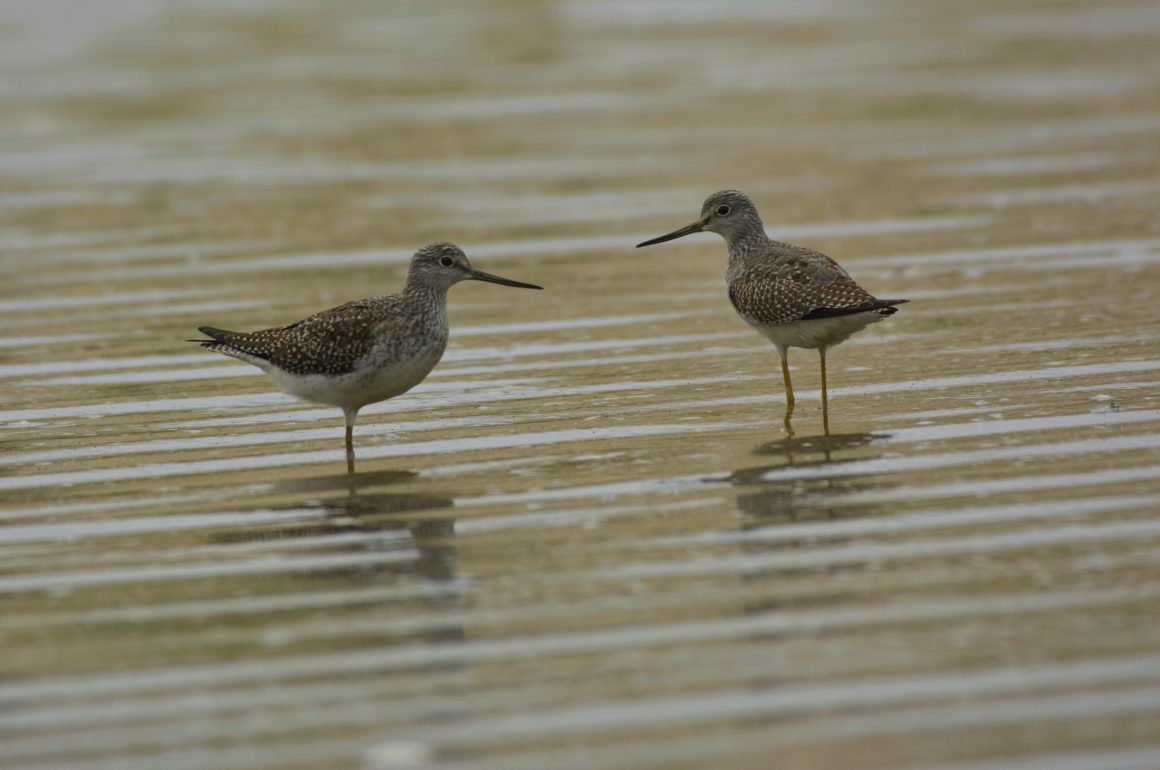
Popular tourist sites can be hit or miss. Some are exaggerated up by tour operators and end up being a big letdown for tourists; others live up to the hype, and then, of course, some destinations are vastly underrated for their cool factor. To me, the Meeting of the Waters to form the Amazon River by Manaus, Brazil lives up to the hype. You may have seen the aerial footage via National Geographic or other nature documentaries, like I did as a kid, and became fascinated by the convergence of black waters of the Rio Negro and the muddy-looking waters of the Rio Solimões to form the mighty Amazon that eventually ends in the Atlantic Ocean.
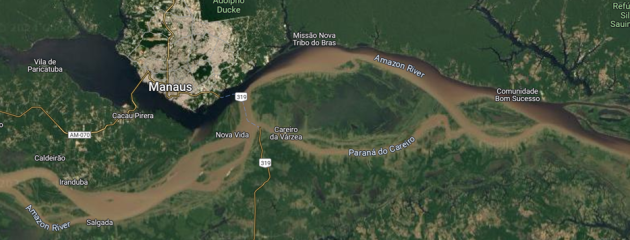
So, when reading the itinerary for my trip to the Amazon with Birding is the World Brazil, the entry titled “Meeting of the Waters” caught my eye.
It was the second-to-last day of the trip when we were slated to go. That day, we boarded a small boat from the Port of Manaus just after lunch and headed to the crossing. Our boat was low in the water, so we could easily touch the rivers and feel the temperature difference. The river was low due to poor rainfall, so the color difference was challenging to see, but it was still noticeable. Our guide, Eli, explained that the waters do not mix at this confluence because the Rio Negro flows slowly and is warmer than the Rio Solimões, which is colder and quicker. The Rio Solimões is also rich in suspended sediments flowing from the Andes Mountains, resulting in the light color. Whereas the Rio Negro is so dark-colored due to the decayed leaf and plant matter from the interior jungles from which it originates. The two rivers run parallel for about four miles and thoroughly mix about forty miles downstream.
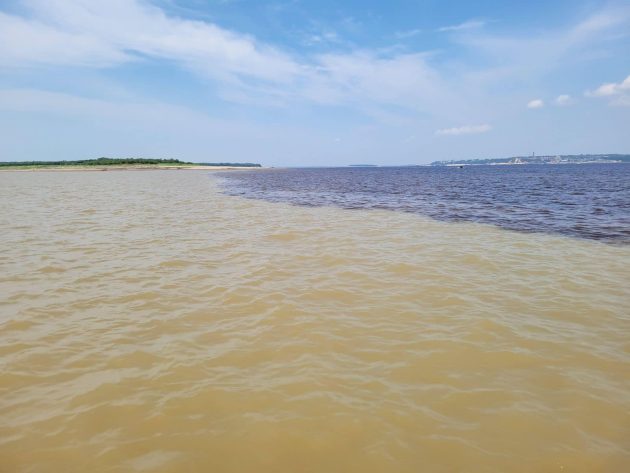
There was a small, exposed island just up the river on which there were lounging Yellow-billed and Large-billed Terns, Black Skimmers, and a couple of Neotropic Cormorants in between bouts of taking advantage of this prime fishing spot.
After we had experienced this natural phenomenon, our boat captain directed us upstream into the Rio Solimões, and we jetted along for a few miles before reaching an expansive mudflat full of shorebirds. Lesser and Greater Yellowlegs, Spotted Sandpiper, Solitary Sandpipers, Collared Plovers, and seemingly every other common American shorebird were running back and forth foraging in the exposed river floodplain. It is really a spectacular spot to pull out the spotting scope and work on your shorebird identification.
The next day was our last part of the trip, and we headed deep into the jungle to climb a rickety tower looking for forest species. But the memories of seeing the Meeting of the Waters in person were incredible. Birding trips can take us to unique places with much to offer other than solely new species. And every day on this trip to the Amazon, we had fascinating things to see and do besides the fantastic birds!
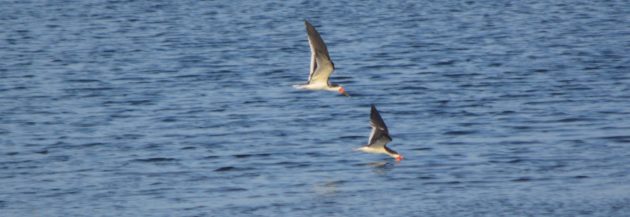
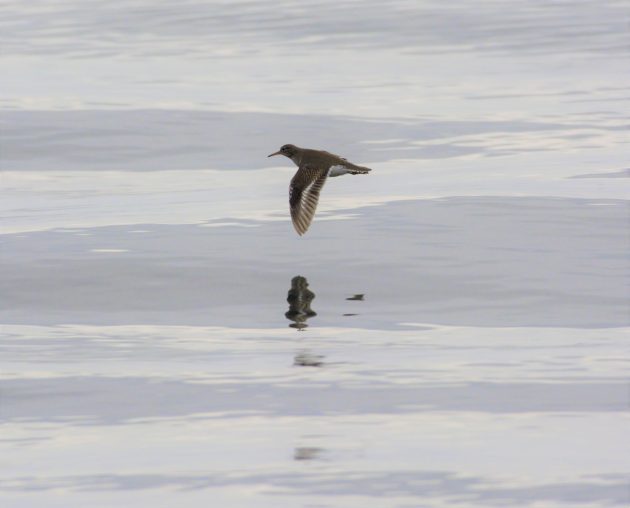
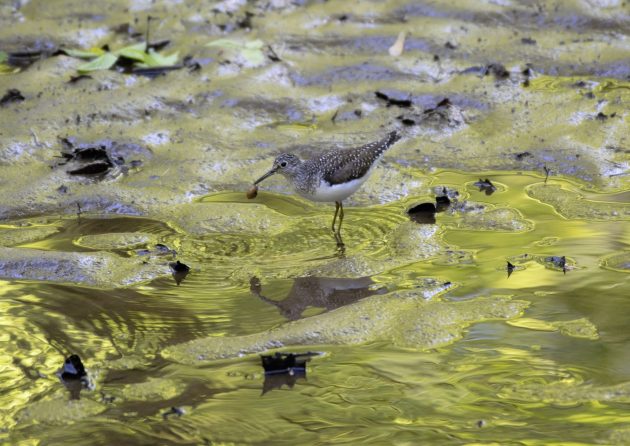
Want more about the Meeting of the Waters and my trip to Brazil? Check out my podcast episode about it!













Leave a Comment